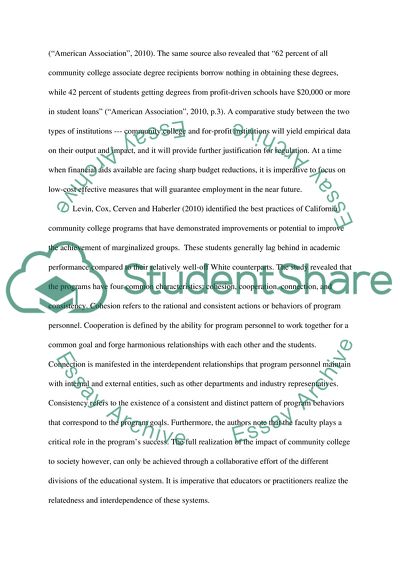The Potential of Community College as the Economic Savior Assignment. https://studentshare.org/macro-microeconomics/1740834-topic-selection-retention-of-college-students
The Potential of Community College As the Economic Savior Assignment. https://studentshare.org/macro-microeconomics/1740834-topic-selection-retention-of-college-students.


